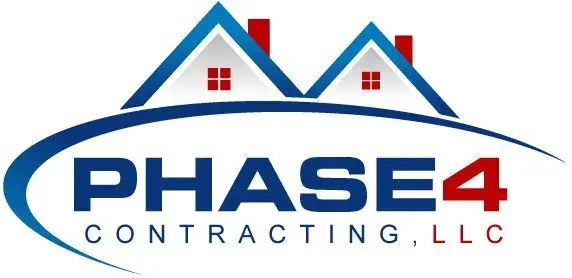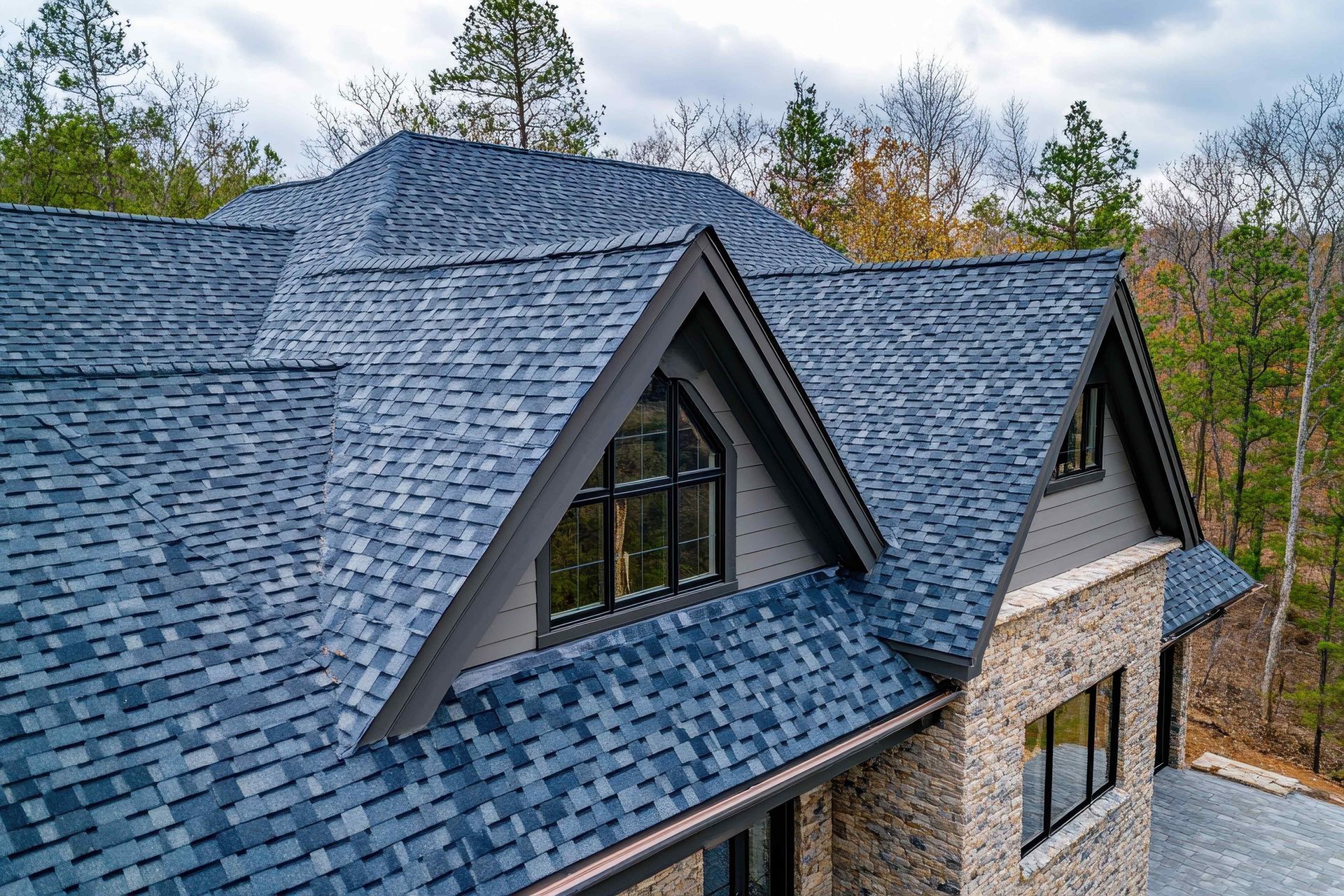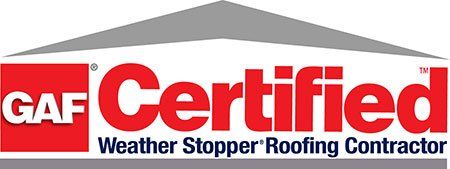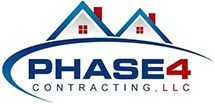When a disaster strikes—whether it's a severe storm, a tree falling on your house, or unexpected damage from fire or flooding—the roof of your home is often the first line of defense. It shields your family and belongings from the elements, keeping you safe and secure. However, when that protection is compromised, your home becomes vulnerable to further damage. That's where Phase 4 Contracting comes in.
Roof damage can occur suddenly, and if not addressed quickly, it can lead to expensive repairs or even more severe structural damage. In this blog, we’ll discuss how Phase 4 Contractors can come to the rescue and save your home during a crisis.
1. Immediate Response to Minimize Damage
In the aftermath of a disaster, the priority is often to prevent any further damage. If your roof has been damaged by a storm, fallen debris, or any other emergency situation, emergency roofers are equipped to act fast. Their quick response helps minimize the risk of water damage, mold growth, or structural issues that can arise from a compromised roof.
- Tarping and Temporary Fixes: One of the first things an emergency roofer will do is place a temporary tarp or cover over the damaged areas. This quick fix prevents rainwater from entering the home and causing further harm. It’s a crucial step to stabilize the situation while a more permanent solution is developed.
- Securing Loose Materials: Emergency roofers will also secure loose shingles, tiles, or metal panels that might pose a further risk to your home. In high winds, these materials can be blown off and cause additional damage to your home or neighboring properties.
2. Expert Assessment of Roof Damage
When disaster strikes, it’s important to have a professional assess the damage thoroughly. Emergency roofers have the expertise to inspect the roof and determine the full extent of the damage. Their trained eyes can spot issues that might not be immediately apparent to a homeowner.
- Identifying Structural Damage: While leaks and missing shingles may be obvious, emergency roofers are also skilled at identifying underlying structural issues. For example, the roof deck may be compromised, or the rafters may have been weakened. These structural issues can lead to more severe problems if not addressed quickly.
- Roof Leak Detection: Water damage from a leaking roof can be deceptive. Emergency roofers use specialized tools like moisture meters to detect leaks and their source, ensuring that all affected areas are addressed before mold or further damage spreads throughout your home.
3. Preventing Water Damage and Mold Growth
A damaged roof can allow water to seep into the home, causing significant issues like water stains, rotting wood, and mold growth. Once water gets into your attic or ceiling, it can travel along beams and walls, causing structural damage and affecting insulation.
- Waterproofing Solutions: Emergency roofers can provide short-term waterproofing solutions, such as applying sealants or installing temporary flashing, to prevent water from entering while the roof is being repaired or replaced. This quick action helps protect your home’s interior from long-term damage.
- Mold Prevention: If water is allowed to sit on ceilings or walls, mold can begin to grow in as little as 24 to 48 hours. Emergency roofers will take steps to prevent mold growth by securing the roof and removing any water that’s infiltrated the home. By acting quickly, they reduce the likelihood of a costly mold remediation process down the line.
4. Insurance Assistance and Claims Support
After a disaster, dealing with insurance claims can be a daunting task. Emergency roofers can help guide homeowners through the insurance process, ensuring that they have the necessary documentation to file a claim and get the coverage they need.
- Detailed Damage Reports: Emergency roofers provide thorough damage assessments that can serve as critical evidence when filing an insurance claim. They often take photographs of the damage and provide detailed reports outlining the extent of the roof’s issues, making it easier for insurance adjusters to understand the scope of repairs needed.
- Help with Paperwork: Many emergency roofers have experience working with insurance companies and can assist in navigating the paperwork. They may even work directly with your insurance provider to get approval for repairs or replacement, speeding up the entire process.
5. Permanent Roof Repairs and Replacements
Once the immediate emergency is addressed and the roof is stabilized, emergency roofers will work with you to create a long-term plan for repair or replacement. Depending on the severity of the damage, this could mean:
- Repairs: Minor storm damage or leaks may only require some shingles to be replaced or a few patches. Emergency roofers can provide efficient and durable repairs to restore your roof's functionality.
- Roof Replacement: In more extreme cases, the damage may be beyond repair, and a full roof replacement may be necessary. Emergency roofers can help assess whether this is the case and provide a professional opinion on the best course of action. A new roof ensures that your home will be well-protected against future storms and disasters.
6. Peace of Mind During a Crisis
When your home is affected by a disaster, it’s easy to feel overwhelmed and unsure of what to do next. Emergency roofers provide not only practical solutions but also peace of mind. Knowing that professionals are on-site, working quickly to secure your home and mitigate further damage, allows you to focus on other aspects of recovery. With their expertise and reliable service, emergency roofers become an essential part of your disaster recovery team.
Conclusion
When disaster strikes, your roof is often the first barrier between you and the elements. The swift action of an emergency roofer can make all the difference in preventing further damage and protecting your home from more serious issues down the line. From temporary fixes to permanent repairs, emergency roofers are the unsung heroes who restore the safety, functionality, and value of your home during a crisis.
If you find yourself in need of emergency roof repairs, don't hesitate to reach out to Phase 4 Contracting. The sooner you act, the less damage you’ll experience—and the sooner you can get back to the peace and security of your home.






